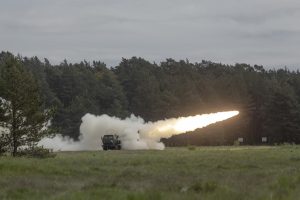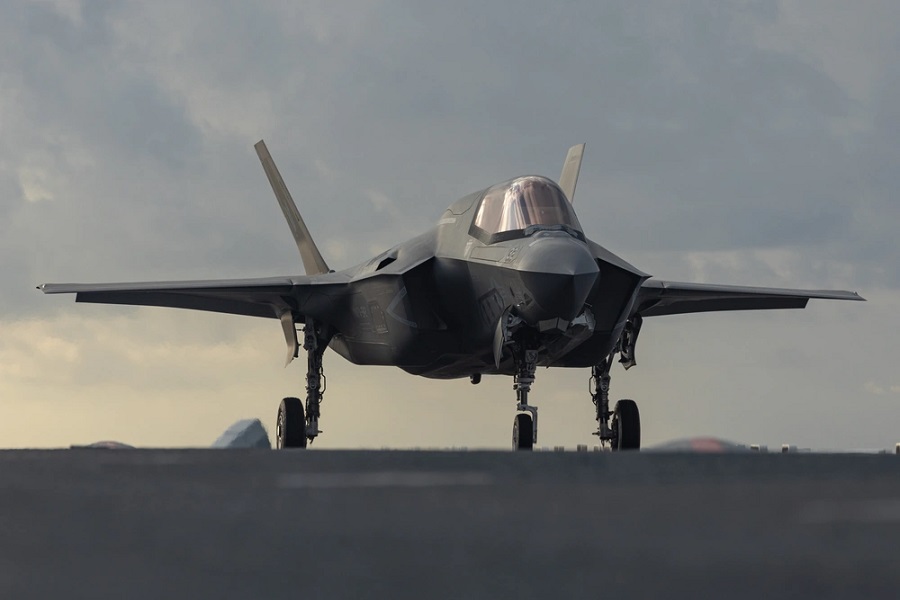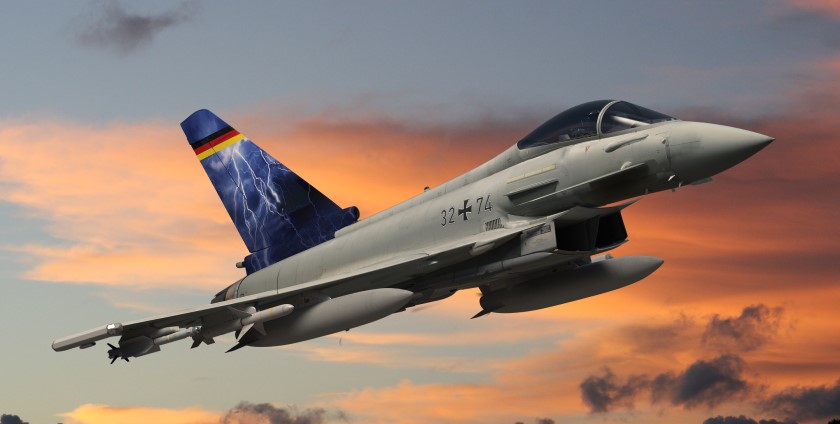On 5 May 2025, during a Maritime Strike mission, the team shared targeting data across multiple platforms to re-direct a simulated rocket in-flight, successfully engaging a moving surface target. The demonstration represents a significant advancement in enabling the U.S. Army to engage mobile and maritime targets using the High Mobility Artillery Rocket System (HIMARS).
Integrating assets not originally designed to work together offers greater agility on the modern battlefield. By securely linking sensors, effectors, and mission command systems, the system allows forces to select the most suitable effector for each specific target.
This test is a first step toward developing a truly multi-domain missile capable of both offensive and defensive missions. It also shows how data-linked fires could allow engagement of mobile targets without requiring an expensive onboard seeker.
“Our customers are demanding Combined Joint All Domain Command and Control, and Lockheed Martin is delivering,” said Tim Cahill, President of Lockheed Martin Missiles and Fire Control. “We securely and effectively integrated previously disparate battlefield assets – sensors, effectors and mission command systems – to create an innovative Joint Fires capability that transforms existing Army assets.”
The demonstration is part of Lockheed Martin’s ongoing efforts to combine existing technologies with its 21st Century Security capabilities. These exercises aim to support data-driven decision-making and rapid response across all operational domains.

























